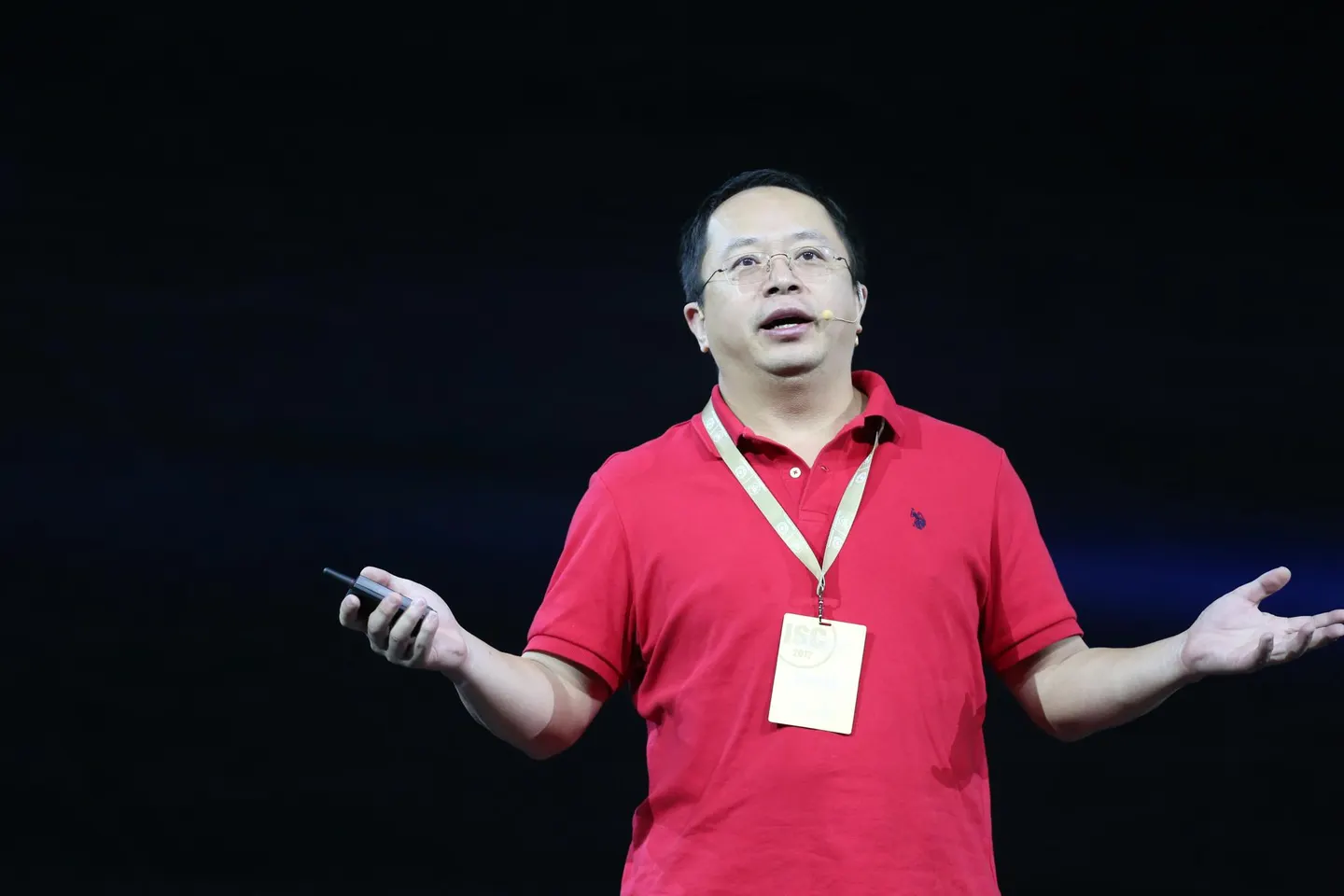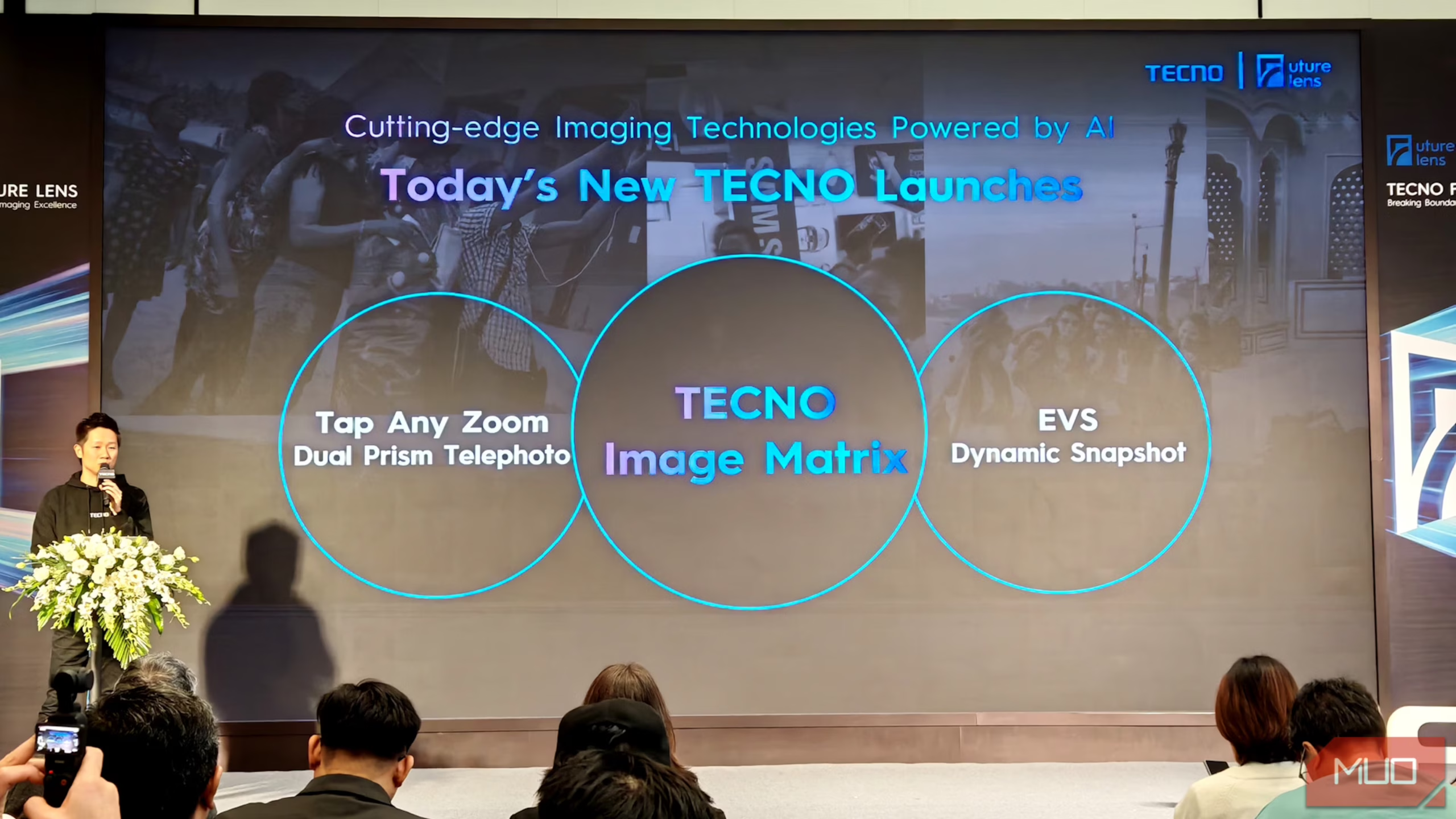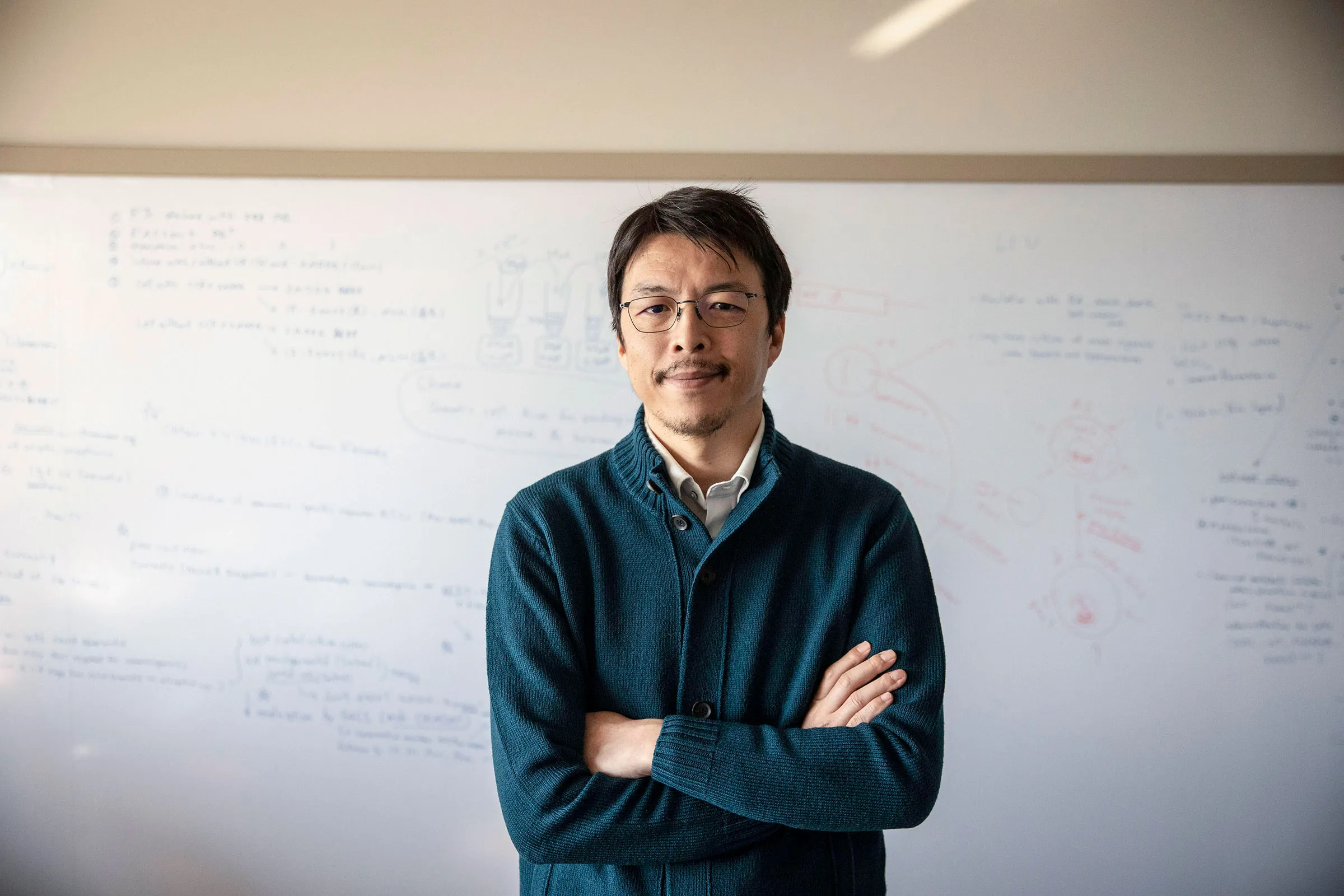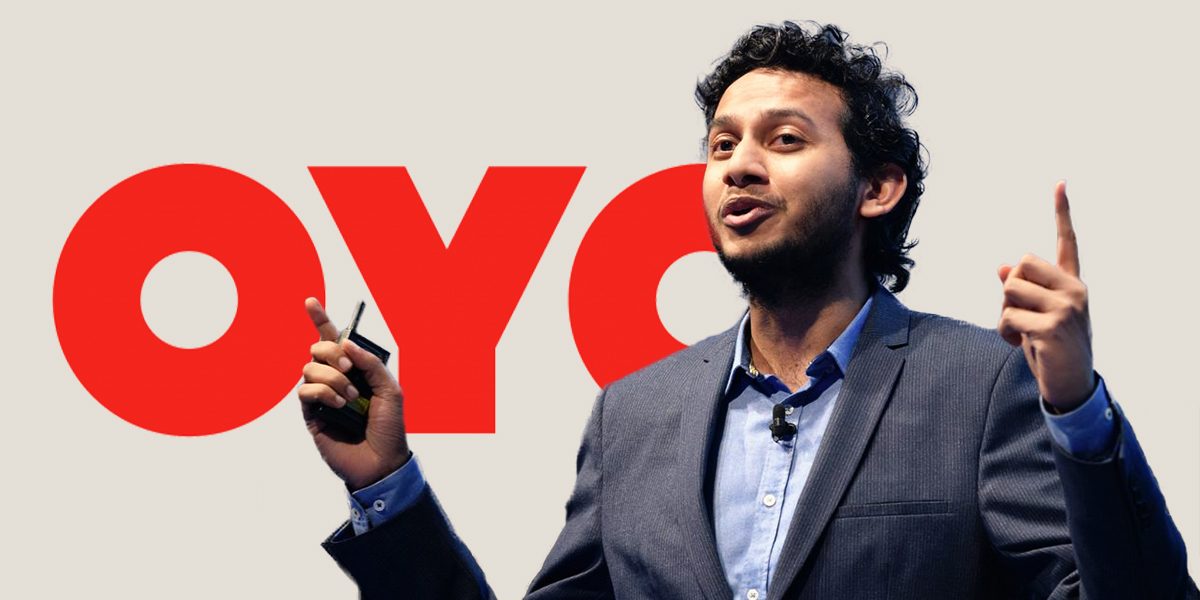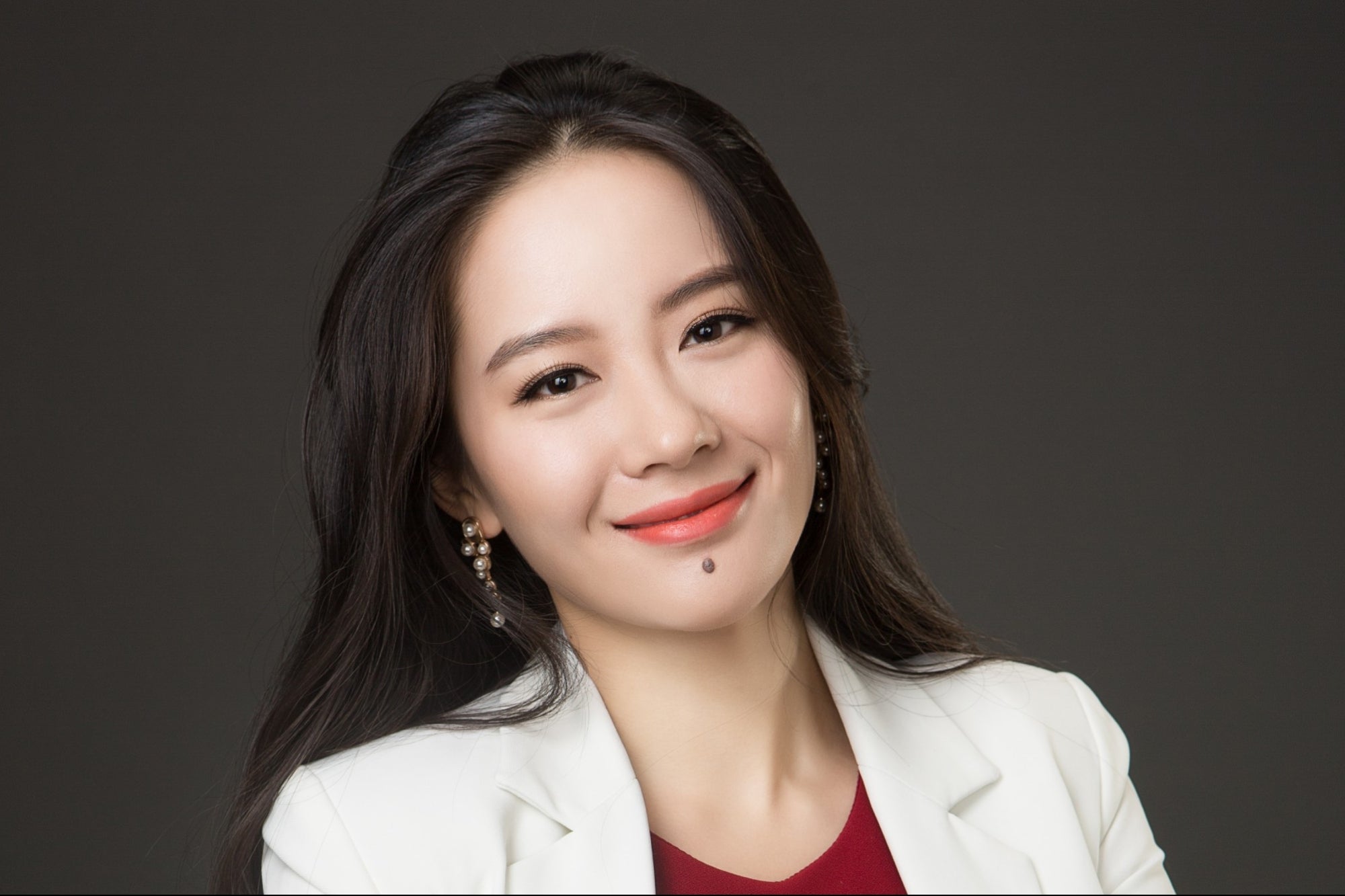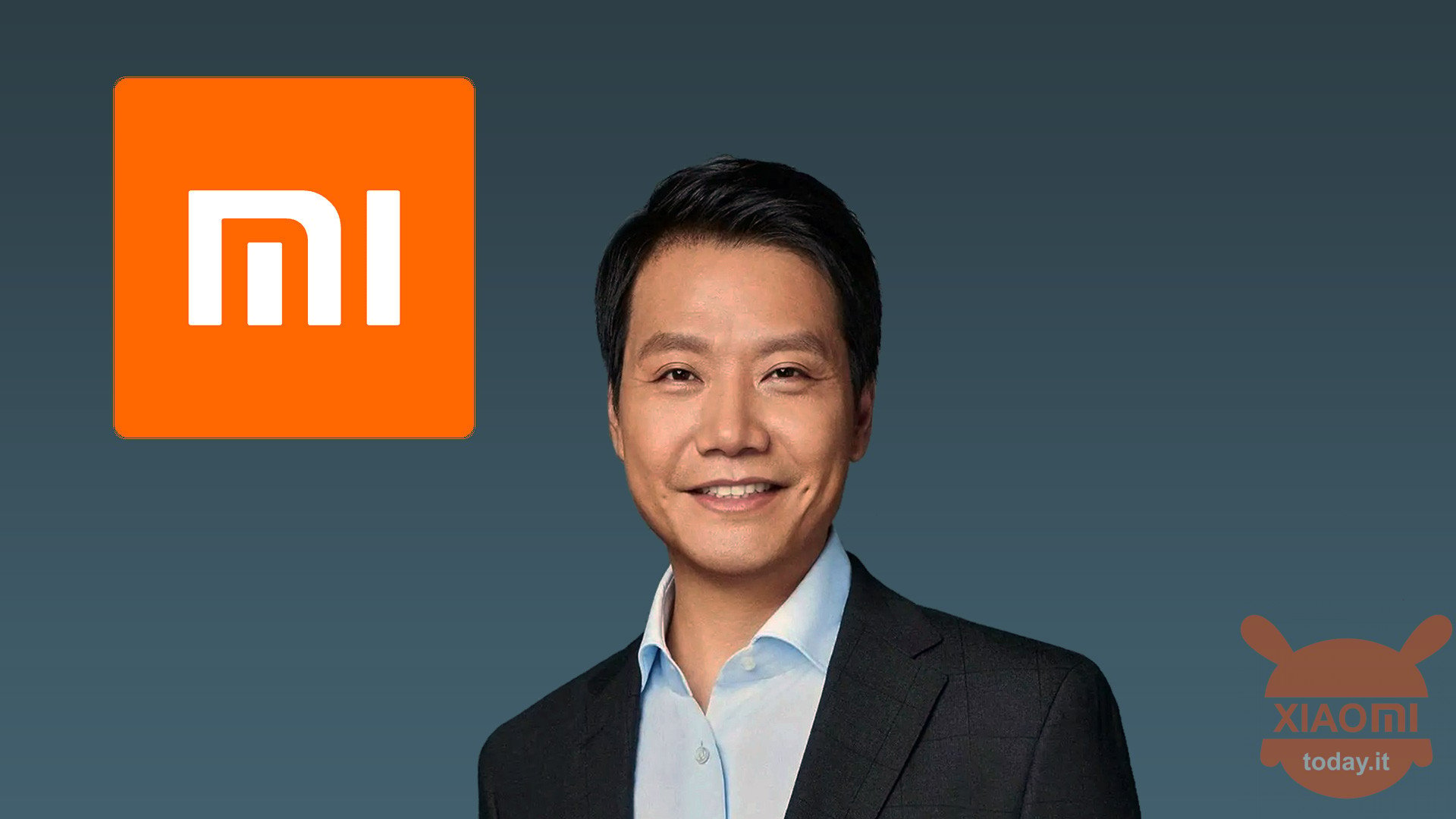Notable Roles | - Professor, Graduate School of Medicine, Osaka University |
Key Recognition | - TIME100 Most Influential People (2024) |
Background and Early Foundations
Katsuhiko Hayashi embarked on his scientific journey with a focus on reproductive biology and stem cell research. After earning his Ph.D. from Tokyo University of Science in 2004, he expanded his expertise during a postdoctoral fellowship at the University of Cambridge’s Gurdon Institute. His early work laid the foundation for groundbreaking studies in germ cell development and differentiation.
Career Milestones and Impact
Year | Milestone |
|---|---|
2011 | Developed a method to derive germ cells from mouse pluripotent stem cells in vitro. |
2012 | Generated functional oocytes from mouse embryonic stem cells, leading to healthy offspring. |
2021 | Joined Osaka University as Professor in the Graduate School of Medicine. |
2023 | Successfully produced mouse pups from two male parents using stem cell-derived oocytes. |
2024 | Named one of TIME's 100 Most Influential People for advancements in reproductive biology. |
- Publications: Over 130 peer-reviewed articles in stem cell and reproductive biology.
- Citations: More than 12,000 citations, reflecting significant impact in the field.
- Research Funding: Secured multimillion-dollar grants, including a $2.5 million grant from the Open Philanthropy Project.
- Global Collaborations: Active partnerships with institutions across Europe, Asia, and North America.
Leadership Style and Influence
Katsuhiko Hayashi is renowned for his meticulous approach to scientific inquiry and his commitment to ethical research practices. His leadership in the lab fosters innovation while maintaining rigorous standards, inspiring a new generation of scientists in the field of reproductive biology. His work not only advances scientific understanding but also opens new avenues for addressing infertility and preserving endangered species.
Legacy and Future Focus
Katsuhiko Hayashi’s pioneering research has redefined possibilities in reproductive medicine and stem cell biology. Looking ahead, he aims to translate his findings into clinical applications, offering hope to individuals facing infertility and contributing to conservation efforts for endangered species. His ongoing work continues to challenge and expand the boundaries of what is scientifically achievable.

